Can I ask about your knickers? Wimbledon, your dress code is a joke
Overnight, Elina Svitolina hit back over criticism of her clothes and it’s time someone stood up to Wimbledon’s ridiculous dress code.
Tennis
Don't miss out on the headlines from Tennis. Followed categories will be added to My News.
OPINION
“Can I ask you about your knickers?”
This was the first question that Russian-born tennis player Tatiana Golovin was asked at a post-match press conference during Wimbledon in 2007. Golovin, then aged 19, had taken to the court in a white dress with red undershorts. To don this particular look, she had had to get pre-approval from tournament officials.
The very notion that a woman had to get her choice of underwear authorised sounds positively Victorian. Yet, to this day, the guardians of genteel propriety at the All England Lawn Tennis and Croquet Club (and the media covering the tournament) still spend a disconcerting amount of time worrying about players’ unmentionables.
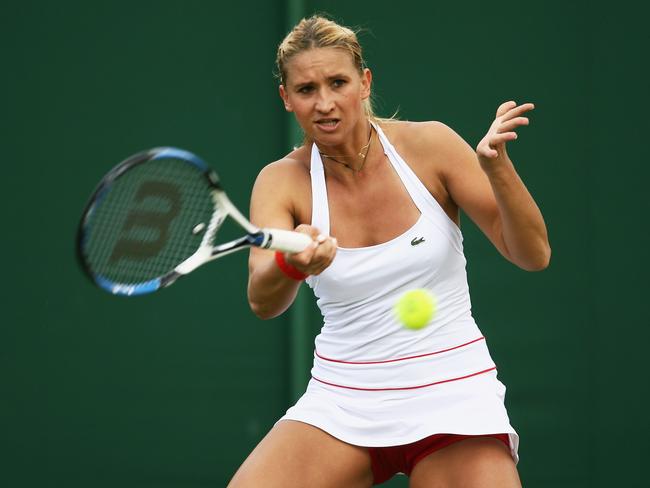
In 2017, Venus Williams took to the courts with pink bra straps showing. Half way through the match, she changed, only for the topic to, again, come up in the post-match media call.
In 2015 Eugenie Bouchard came close to receiving a dress code violation when a sliver of her black bra strap was visible during play.
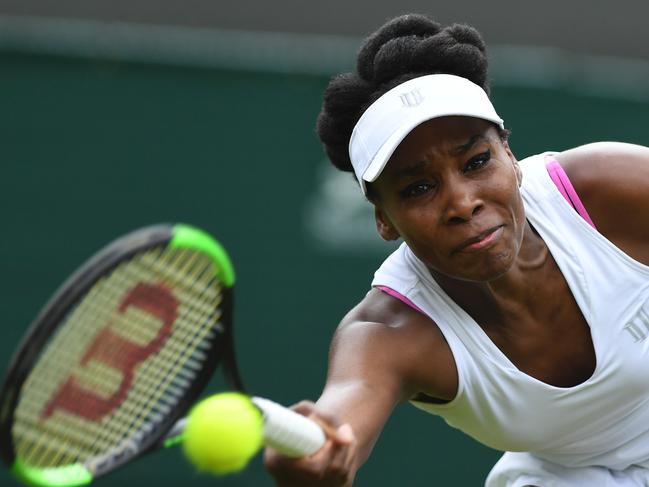
In 2002, Anna Kournikova was made to remove her black shorts during a practice session, so donned the only thing to hand — baggy white men’s shorts belonging to her coach.
In 2017, Austrian player Jurij Rodionov had to pull down his shorts to reveal the colour of his underpants to a court supervisor when a chair umpire realised he was not wearing white briefs. A supervisor then had white underwear bought down to the court for Rodionov to change into.
The archaic clothing rules that govern what Wimbledon players wear on the court are as associated with the 142-year-old tournament as strawberries and cream or the Duchess of Kent wreathed in pearls holding court from the royal box.
Players at the famed tournament face a positively draconian dress code: Outfits must be “almost entirely white” (no cream or off-white). Strips of colour can be no more than one centimetre wide. Bras and knickers? If there is any chance they might be seen, they too are subject to these prohibitive rules.
The tennis world’s disconcerting fascination with what female players choose is making news again this week. Ukrainian Elina Svitolina has faced a barrage of criticism for donning a Nike dress that the armchair Anna Wintours of the Twitterverse deemed “basic”.
This brouhaha joins the long list of dress code infractions and controversies that plague female players.
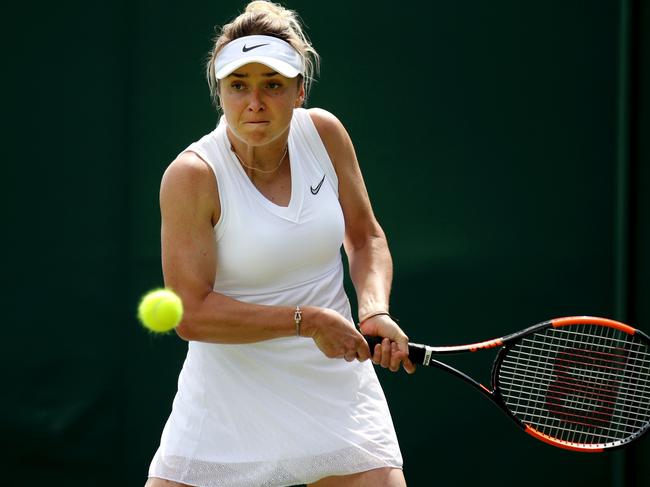
Last year, Serena Williams’ ‘Black Panther’ catsuit was banned at the French Open (despite the fact it served a medical purpose to help prevent blood clots) and French tennis player Alize Cornet was slapped with a code violation at the US Open for very briefly taking her top off on the court when she realised it was on back to front.
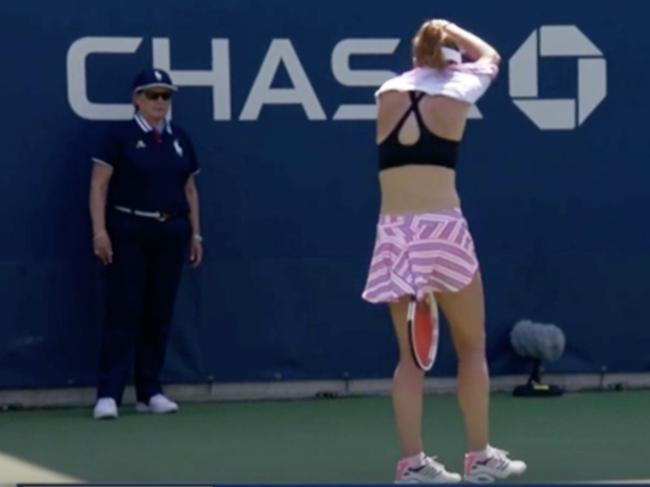
The disproportionate amount of focus on what women wear on court is, sadly, nothing new. In 1949 American player Gussie Moran caused a sensation when she donned lace-fringed “panties” to take to the famous London grass courts.
Moran’s choice caused such a stir was brought up in the UK parliament and she was accused of “bringing vulgarity and sin into tennis” by the All England Lawn Tennis and Croquet Club which runs Wimbledon.
Seventy years after Gussie took to the court in her scandalous knickers, tennis officialdom still seems pruriently consumed by what players, especially lady players, wear. And this is a truly ridiculous state of affairs.
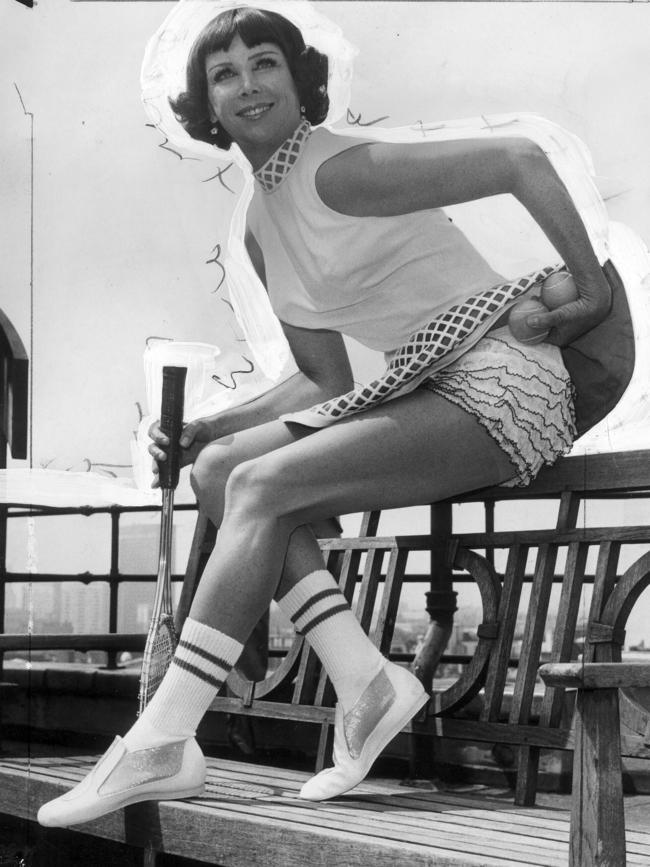
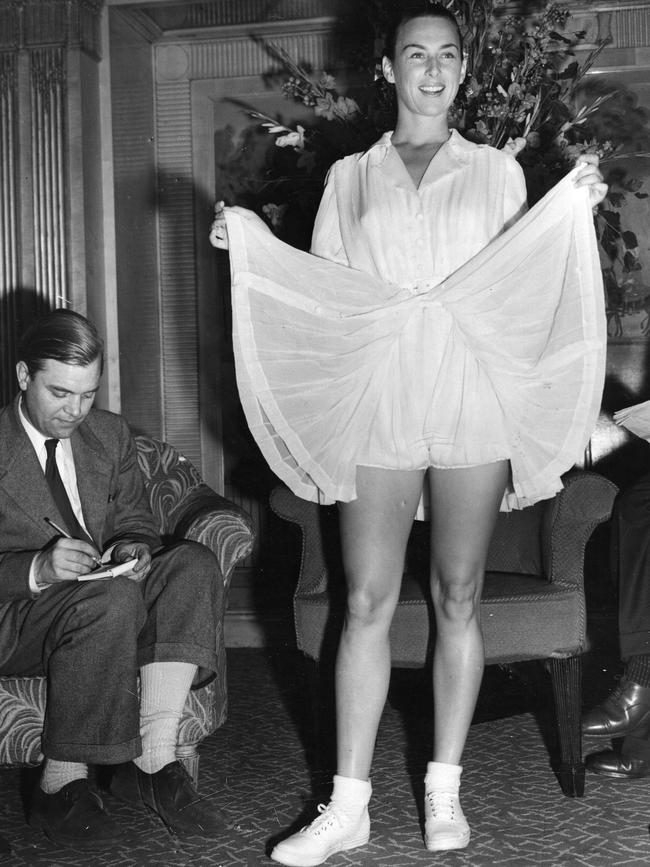
To start with, the all-white dress code was put into effect in the 19th century when preserving ladies’ decency occupied a good portion of a gentleman’s mind (when he wasn’t pondering colonising parts of Africa or considering a third port after dinner).
In nearly every other respect, social mores and acceptable standards of dress have substantially changed, so why is the tennis world resolutely clinging to these archaic traditions?
Forcing women into some inane caricature of outdated femininity is ridiculous.
More broadly, policing appearance (women’s especially) is problematic and the level of scrutiny that female players’ face is deeply uncomfortable. In a post #MeToo world how is it acceptable to subject women to such intense, institutionalised bodily supervision?
Enough.
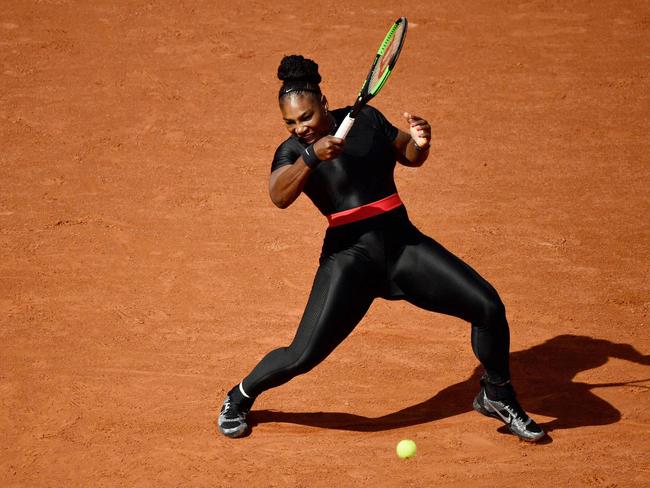
Female athletes should be judged on their performance, endurance, stamina, grit, savvy and sportsmanship. It is insulting and degrading that something so superficial as such as the choice of shorts should dominate so much of the coverage devoted to women’s tennis.
Gussie Moran once said: “I am interested in clothes I can play tennis in, not in creating a sensation.”
Are you listening All England Lawn Tennis and Croquet Club? It’s about bloody time for you to do the same.
Daniela Elser is a freelance writer. Continue the conversation @DanielaElser


